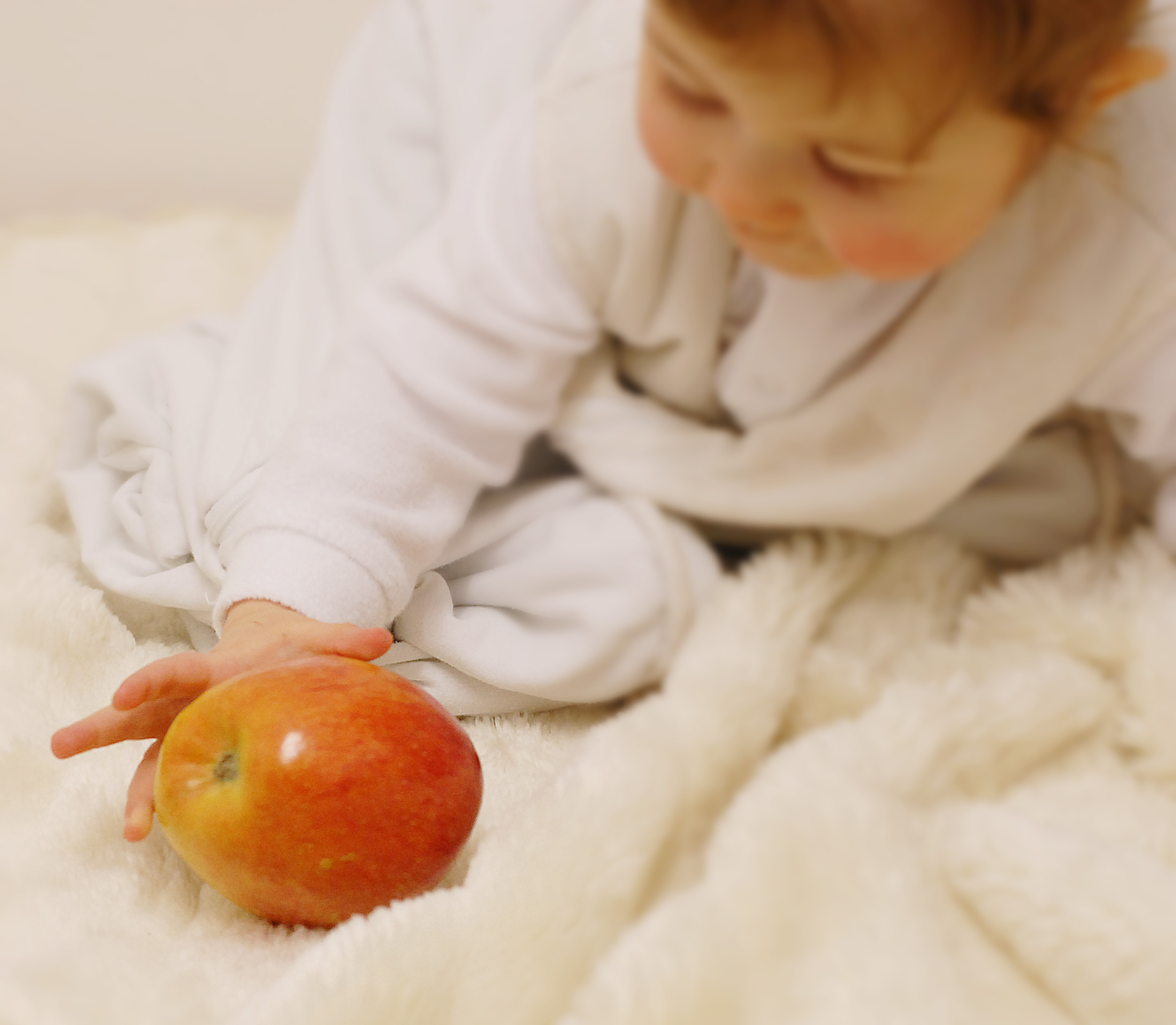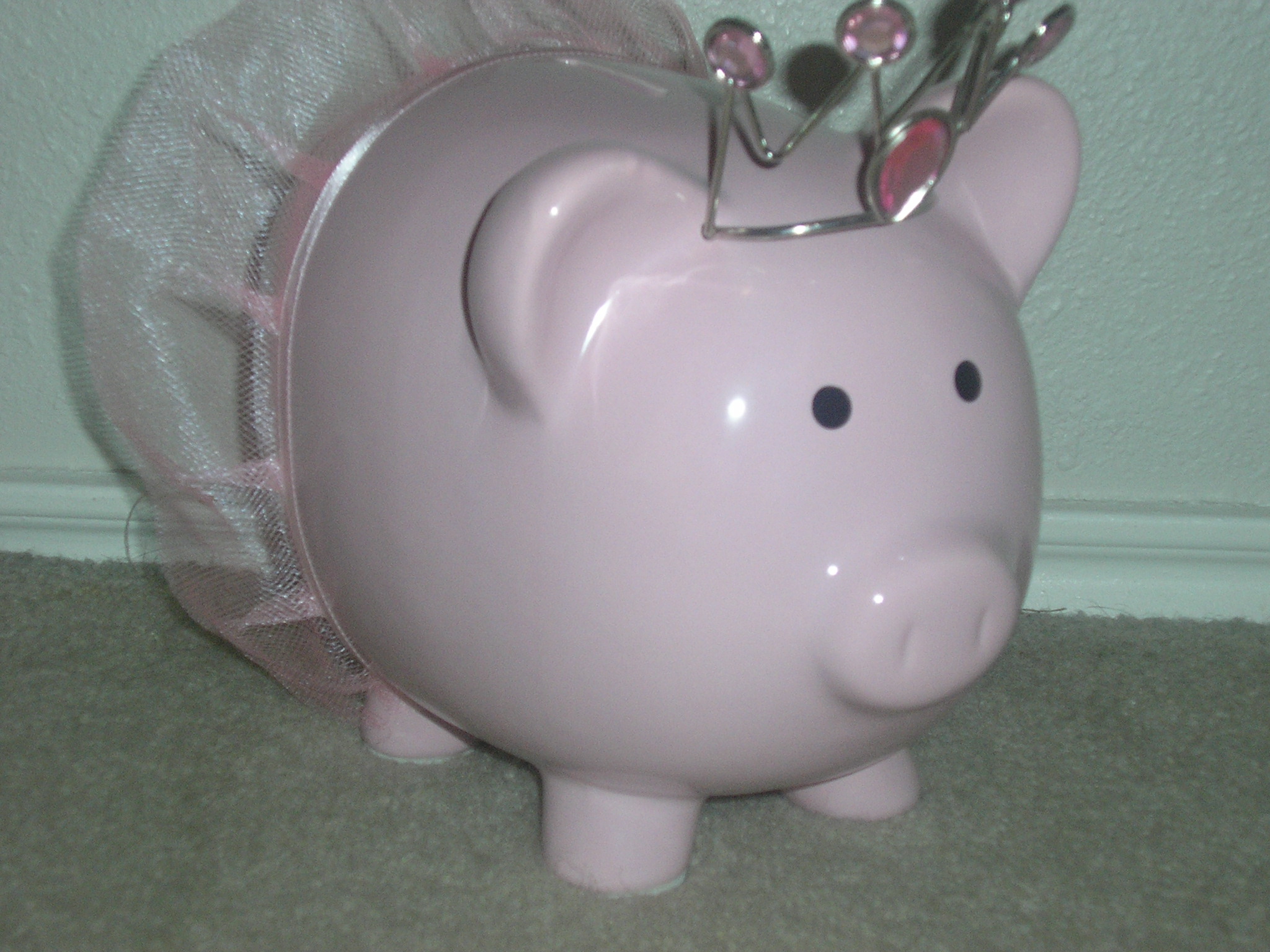Thanksgiving Plans
We’re less than a week away!
What are your Thanksgiving plans this year? Who does the cooking? Do you battle the crowds at the mall the day after? Tell us! Tell us!!
Share the fun: Email + Del.icio.us + Digg + Technorati

We’re less than a week away!
What are your Thanksgiving plans this year? Who does the cooking? Do you battle the crowds at the mall the day after? Tell us! Tell us!!
Share the fun: Email + Del.icio.us + Digg + Technorati

 You’re probably thinking, “who has time to make their own baby food?” I can assure you that you have time! Making your own baby food is a lot easier than you think and will save your family a lot of money. There are other benefits to making your own baby food. Gone are the days of reading labels and watching for hidden additives. Making your own baby food ensures that there are no hidden ingredients in your baby’s food that he or she may be allergic to. Serving homemade baby food to your child will make their transition to table food less stressful because they’ll be exposed to a greater variety of tastes and textures. Another benefit to home made baby food is that you can make sure that your babies food tastes yummy! Have you ever tasted jarred baby food? YUCK!
You’re probably thinking, “who has time to make their own baby food?” I can assure you that you have time! Making your own baby food is a lot easier than you think and will save your family a lot of money. There are other benefits to making your own baby food. Gone are the days of reading labels and watching for hidden additives. Making your own baby food ensures that there are no hidden ingredients in your baby’s food that he or she may be allergic to. Serving homemade baby food to your child will make their transition to table food less stressful because they’ll be exposed to a greater variety of tastes and textures. Another benefit to home made baby food is that you can make sure that your babies food tastes yummy! Have you ever tasted jarred baby food? YUCK!
Wash, cook, and peel fruits and vegetables. The microwave is an extremely quick way to cook your vegetables! Try to always buy organic. Some great foods to start your baby on are avocados, sweet potatoes, bananas, and baby cereal.
Some foods, such as bananas and avocados, mash easily with a fork. Others, such as mangoes and broccoli, may require the use of a blender or food processor. I like to use my Oster Hand Blender or my Black and Decker Food Chopper to puree my baby’s food. Babies who are just starting out need very smooth foods, while older babies can have more textured foods. I haven’t had the need for a big food processor, although I imagine having one would make this process even quicker!
Scoop pureed fruit or vegetables into ice cube trays. Put foil over tray and put the covered ice cube tray of pureed food in the freezer.
After cubes have been in the freezer overnight, or about 12 hours, pop out each individual cube, and transfer the cube to a freezer quality zip lock bag. Don’t forget to label the bags with the name of the food and the expiration date. You can store fruits and vegetables for up to three months in the freezer. Some fruits and vegetables can technically be stored in the freezer for longer, however fruits and vegetables can start to lose nutrients during the thawing process after being in the freezer for too long. It is best to serve your frozen baby food within 3 months.
You can thaw frozen cubes by placing them in the refrigerator. Please use this baby food though within two days. You can also microwave the frozen cubes straight out of the freezer when your baby is ready to eat. Just make sure your baby’s food is not too hot before serving!
Resources:
For more detailed information on making your own baby food, you can purchase or check out from the library the book, “Super Baby Food” by Ruth Yaron or visit the Super Baby Food website. In the book you will find all the details of making your own baby food, including:
Libraries, pediatricians, parent-groups, midwives, and other baby care professionals can receive a free copy of the book “Super Baby Food” by clicking here.
Helpful Tools:
Oster Hand Blender
Black and Decker Food Chopper
Nifty Frozen Cube Storage Option
What is your baby’s favorite food? Do you have any tips or tricks on making this process even more simple? What homemade baby food books do you like?
Share the fun: Email + Del.icio.us + Digg + Technorati

 Let’s face it-kids are expensive! The Mom Crowd reader, Katie sent us an AWESOME link devoted to saving moms money. Baby Cheapskate lets you know where you can go to get the most bang for your buck when it comes to buying products for your kids! Thanks, Katie for passing along this great link! Remember, if you have a link that you want to share with The Mom Crowd, head right on over to our contact form and drop us a line!
Let’s face it-kids are expensive! The Mom Crowd reader, Katie sent us an AWESOME link devoted to saving moms money. Baby Cheapskate lets you know where you can go to get the most bang for your buck when it comes to buying products for your kids! Thanks, Katie for passing along this great link! Remember, if you have a link that you want to share with The Mom Crowd, head right on over to our contact form and drop us a line!
Do you have any penny-pinching tips that you’d like to share with other moms? Share below!
Share the fun: Email + Del.icio.us + Digg + Technorati

If you feel sad, depressed, or just not quite right after having a baby, trust me you are not alone. I experienced depression after both of my children were born. After Darah’s birth, I don’t think I experienced anything more than baby blues. I was having a hard time with her diagnosis, but surprisingly had my head on my shoulders! After Connor’s birth however, the depression I experienced was much more intense than after Darah’s birth. My postpartum depression after Connor’s birth came in the form of extreme anxiety and crying sessions. I eventually sought guidance from my doctor because I was having so much anxiety and was worrying about so many things!
At my six week check up, my doctor and I agreed that I should try an antidepressant. He started me on a medication which I took for about a month; I was not nursing anymore at this point. I didn’t like the side effects of the medication I was on, so I stopped and started researching other ways I could help myself. I talked about my emotions nonstop to my close friends and husband. I tried taking naps while my husband watched the baby, and discovered the therapeutic value of running. Once I sensed another crying session coming on, I would put on my headphones, running shoes and go. I got up to running three miles! Not bad for someone who has never liked running! After I was about three or four months postpartum, I started feeling more like my old self again and had better control over my anxiety and emotions.
The National Women’s Health Center has a great overview of postpartum depression describing signs, symptoms, and guidance for women experiencing depression within the first year after childbirth. There are three levels of postpartum depression. Baby blues are the most common and usually involve sadness and crying. Baby blues are usually very short, lasting no more than a week after delivery. Postpartum depression can begin at any time during the first year after delivery and is more intense than baby blues. Postpartum psychosis is another type of postpartum depression and is very rare. Postpartum psychosis involves hallucinations, obsessive thoughts, and rapid mood swings which need the immediate attention from a physician.
If you are experiencing depression after your baby is born, it is very important that you discuss this with your doctor or midwife. Your doctor or midwife will be able to give you the specific help and support that you need.
Here are some other helpful tips from The National Women’s Health Information Center:
Did you experience any level of depression after your baby was born? What helped you overcome your depression?
Share the fun: Email + Del.icio.us + Digg + Technorati

It’s still not too late to email us your pumpkin patch photos! We will be posting our collection of pumpkins and munchkins tomorrow. Email your photos to pictures [at] themomcrowd.com.
Share the fun: Email + Del.icio.us + Digg + Technorati

I'm pregnant of my first little girl and I'm so gland to read this list, because I…
Our prayer for meals and at bedtime goes: Oh the Lord is good to me And so I thank…
I appreciate this emphasis on teaching our children to pray. And I've heard Jessica's and Reality's concerns…
I'm curious, @ reality and Jessica: if you don't think it's a parent's place to teach a…
Jessica, Thank you for setting such a peaceful tone! To add some anecdotal perspective, I was raised by…